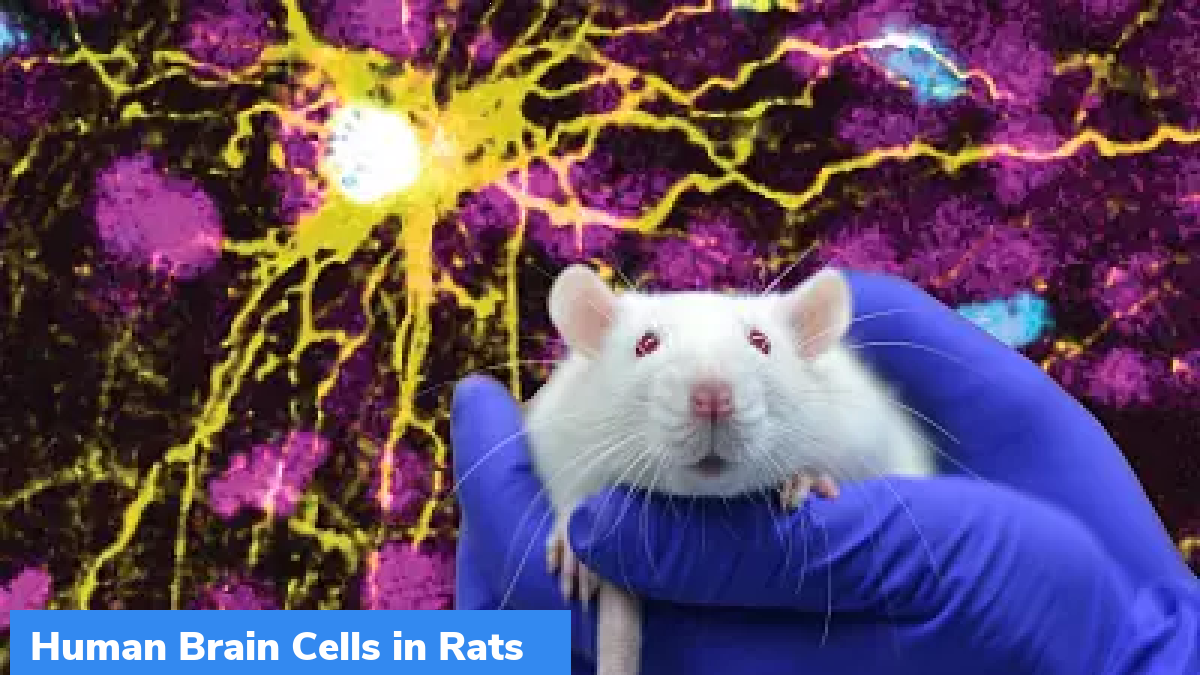Human brain cells integrated into new-born rats
Scientists have successfully implanted and integrated human neurons into new-born rats.
Key facts
- Studying of complex psychiatric disorders like schizophrenia and autism is difficult since animals do not experience them like people and human beings cannot be used for the research.
- Human brain cells made using stem cells in perti dishes do not grow to the size of human neurons and their isolation from human body makes it difficult to study the symptoms of the neurological disorders.
- These limitations are addressed by implanting and integrating a group of human brain cells called organoid into the brains of new-born rats.
- Integration of human brain cells in new-born rats helps research psychiatric disorders and test treatment against them.
- Only young rats are used for the implantation since brain stops developing after a certain age in rats. This limits how the implanted brain cells integrate.
- The researchers found that the organoids can grow relatively large in young rats, covering about one-third of the rat’s brain.
- The integration was tested by blowing air across the rats’ whiskers, which triggered electrical activity in the human neurons. This means that the human tissue in the brain was able to process the external stimulation of the rat’s body.
- The researchers also tested and concluded that the implanted human neuron can send signals back to the rat’s body.
- The technique was recently used to study the Timothy Syndrome. The researchers found that organoids made using brain cells of patients with Timothy Syndrome grew more slowly and displayed less electrical activity than those from healthy people.
- This study will play a major role in improving the current understanding about human brain development and neurodevelopment disorders.
- However, implanted neurons did not replicate the key features of the developing human brain.
- The implantation of human neurons in rats does not make them more human-like because of the limitations on how deeply these neurons integrate with the rat brain.
- However, these barriers may not exist in species closely related to humans like primates and thus causes ethical concerns over progressing further into the experiment.
Month: Current Affairs - October, 2022
Category: Science & Technology Current Affairs







